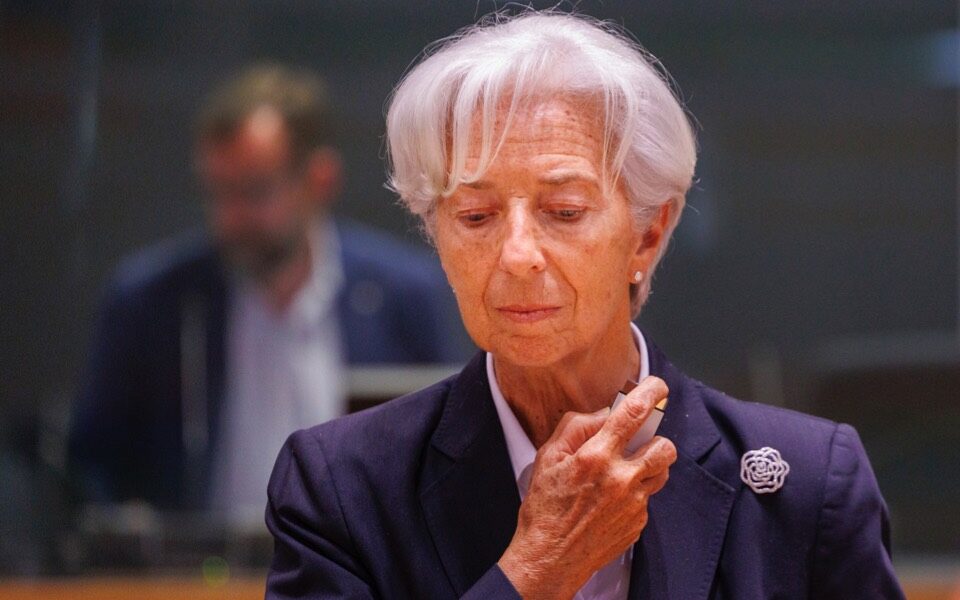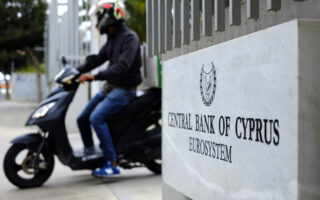ECB to chart course out of stimulus, setting stage for rate hikes

The European Central Bank will pull the plug on years of stimulus on Thursday and signal a string of rate hikes to fight surging inflation, leaving markets only to guess the size and speed of policy tightening.
With inflation at a record-high 8.1% and broadening quickly, the ECB has already flagged a series of moves, hoping to stop rapid price growth from developing into a hard-to-break wage-price spiral.
Details remain elusive, however, as predicting inflation has proven impossible, suggesting the ECB will only signal its initial steps on Thursday and maintain plenty of discretion further down the line.
What appears certain is that the ECB will end its long-running Asset Purchase Program at the end of this month, promise a rate hike on July 21 and signal that the deposit rate will be out of negative territory in the third quarter. Everything else, including the size of the initial rate increase from minus 0.5%, is likely to be left open, with ECB chief Christine Lagarde emphasizing flexibility and optionality.
While the bank has signalled a preference for 25-basis-point hikes, the energy-driven surge in prices could change that in just weeks. A handful of policymakers have already said that a bigger increase needs to remain in play. Supporting their case, new economic projections from the ECB are likely to indicate that inflation across the 19 countries that use the euro will hold above its 2% target through 2024, pointing to four straight years of overshooting.
“The likelihood of a 50-basis-point hike is rising by the day,” Moody’s Analytics senior economist Kamil Kovar said. “We currently view a 50-basis-point hike in July as possible but unlikely. In contrast, a 50-basis-point hike in September is as likely as it is unlikely at this point.”
“It is even possible that the bank will resort to multiple 50-basis-point hikes,” he said.
Markets are pricing in 135 basis points of rate hikes by the end of this year, or an increase at every meeting from July, with some of the moves in excess of 25 basis points. That leaves the ECB in a tricky position, just months after Lagarde said that a rate hike this year was highly unlikely. If she ignores markets, even more aggressive tightening might be priced in, unnecessarily pushing up borrowing costs. But if she pushes back strongly, the ECB president might signal a commitment that could become obsolete within weeks, much like the no rate increase pledge.
The ECB’s first rate hike in over a decade would still leave it trailing most of its global peers, including the US Federal Reserve and the Bank of England, which have been raising aggressively and promising even more action.
“The hawkish pivot begins,” Bank of America said in a note. “We expect the ECB to leave the door open to 50 basis points in July and September by signaling that negative rates will end during the third quarter.”
Where does it end?
While the start of policy tightening is now set, the end point remains uncertain.
Lagarde has said that rates should move towards the neutral point at which the ECB is neither simulating nor holding back growth. But this level is undefined and unobservable, leaving investors guessing just how far the ECB wants to go.
“In our view, the ‘neutral’ rate … is around 2%,” Berenberg economist Holger Schmieding said.
“We expect the ECB’s main refinancing rate – currently 0.0% – to reach this level in mid-2024 after three rate hikes of 25 basis points in the second half of 2022, three such moves in 2023 and two further increases in the first half of 2024.”
The main refinancing rate is formally the ECB’s benchmark but it has used the rate on its overnight deposit facilities for banks as its main policy rate for much of the past decade given that banks have piled up hundreds of billions of euros worth of excess liquidity.
Another question is how the ECB will handle the divergence in borrowing costs of various member states. Nations with bigger debt piles, such as Italy, Spain and Greece, have already seen a sharper increase in borrowing costs – a headache for the ECB’s one-size-fits-all monetary policy. While the ECB promised to fight “unwarranted fragmentation” it has yet to define unwarranted and has not said what action it would take to tackle it.
Lagarde could clarify these points but she is unlikely to announce a specific tool on Thursday, emphasizing instead the ECB’s flexibility and commitment to act quickly in case of market turmoil. [Reuters]





